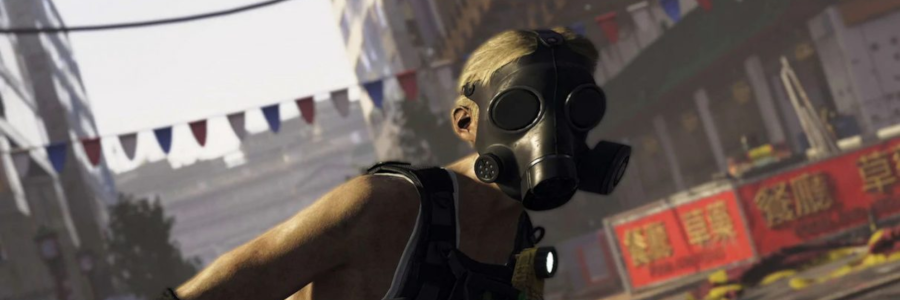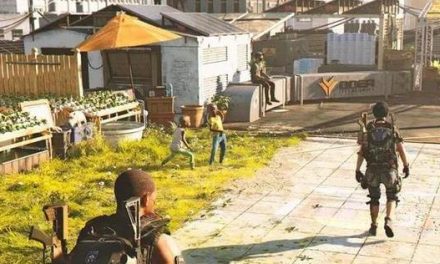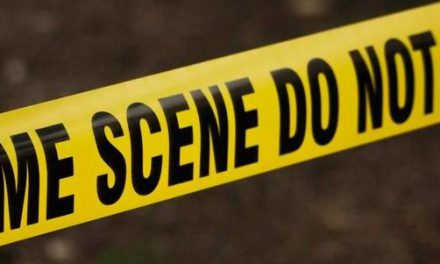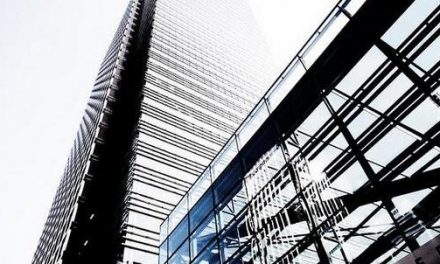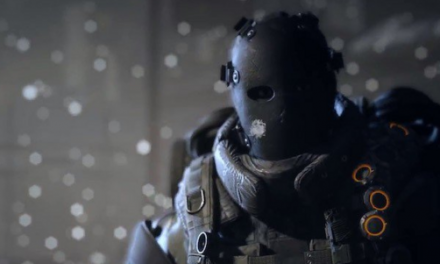The continuing heat wave wasn’t doing us any favors as we worked to retake the city. With clean water a rare commoddity, ensuring that our forward outposts and control points were well-stocked was an unending endeavor. Time and time again it seemed no sooner had we secured an important intersection, building, or vantage point for our volunteer civilian forces when they would be forced to retreat from lack of food, water, or building supplies. The gassers were too busy huffing toxins to feel hunger or thirst, and didn’t even seem to mind the blistering sun heating up the concrete jungle of our nation’s capital.
We received word, namely through recovering backups and system files from local biomedical facilities, that a broad-spectrum antiviral had been under development in the months since the Green Poison attack against NYC. Comparing notes with information gathered by other SHD operatives, the medical team back at headquarters determined they would be able to finish the cure, if we got our hands on the development samples. Bio-labs were hotspots of enemy activity—scientists had been hard at work trying to understand the nature of the pathogen, which meant a great deal of “unconventional” tests. I think the gangers were hoping to find some sort of super-drug so they could expand their little empires.
Since our arrival Israel and I had been on the move, rarely taking the opportunity to rest at HQ or the small safehouses we were able to establish for the residents. It felt good for management to tell us to take a night off, to get some quality rack time—as much quality one could expect, being in the middle of an urban war-zone—and that there would be a general briefing in the morning.
True to their word the analysts and number-crunchers had spent the evening compiling all of the notes we and other teams had made about the opposition, including the surprisingly well-armed forces we came across. Grouping them into three divisions—codenamed Hyenas, Outcasts, and the True Sons—we were able to see the structure and organization of our enemies from a higher view than street-level:
- The Hyenas were a loose band of disparate gangs and thugs, escaped prisoners and militant anarchists who were all taking advantage of the chaos to further their own ends. Threatening and dangerous, especially to the lightly-armed civilians willing to stand up to them, they didn’t pose much of a larger, city-wide danger. They needed to be cleaned out, but would also succumb to a great deal of infighting as we pressed our tactical advantage.
- The Outcasts were zealous fanatics. Many of them having been quarantined on Roosevelt Island during the NYC outbreak, they blamed the SHD and Joint Task Force operatives for the disaster that befell them. “They pray at the altar of pain and suffering,” said one analyst, and based on our infrequent dust-ups, I would agree. We had broken up a group of them intentionally and methodically infecting locals, murdering those who wouldn’t comply. As soon as they saw our SHD gear, they went almost rabid, dropping everything to come for us directly.
- The True Sons. These highly-trained and well-armed bastards were made up of former military and JTF agents who split off from their former posts. I’m not saying they’re responsible for the mess in NYC, but it doesn’t take a supercomputer to draw some very unfavorable correlations. They’re ruthless, organized, and generally don’t take prisoners. They believe in better living through superior firepower, and have been quick to ensure they have the best equipment on the block.
Nobody’s ever accused me of being a die-hard patriot—my loyalties lie with the people and ideals of the United States, and not necessarily with the individuals at the top—but the thought of these groups turning on their own countrymen sickens me. I didn’t get into this job to kill people, either—luckily they weed out those sorts in training—but I won’t say there isn’t a sense of satisfaction every time Izzy and I make the neighborhood just a little bit safer.
With enemies massing to the West, South, and East, it was time to start establishing more permanent base-camps for our civilian militia, better-defended and more robust than the small control points we had been able to take (and re-take, when supplies allowed). It was time to really start taking the city back.
Header image from promotional material for Ubisoft’s The Division 2

